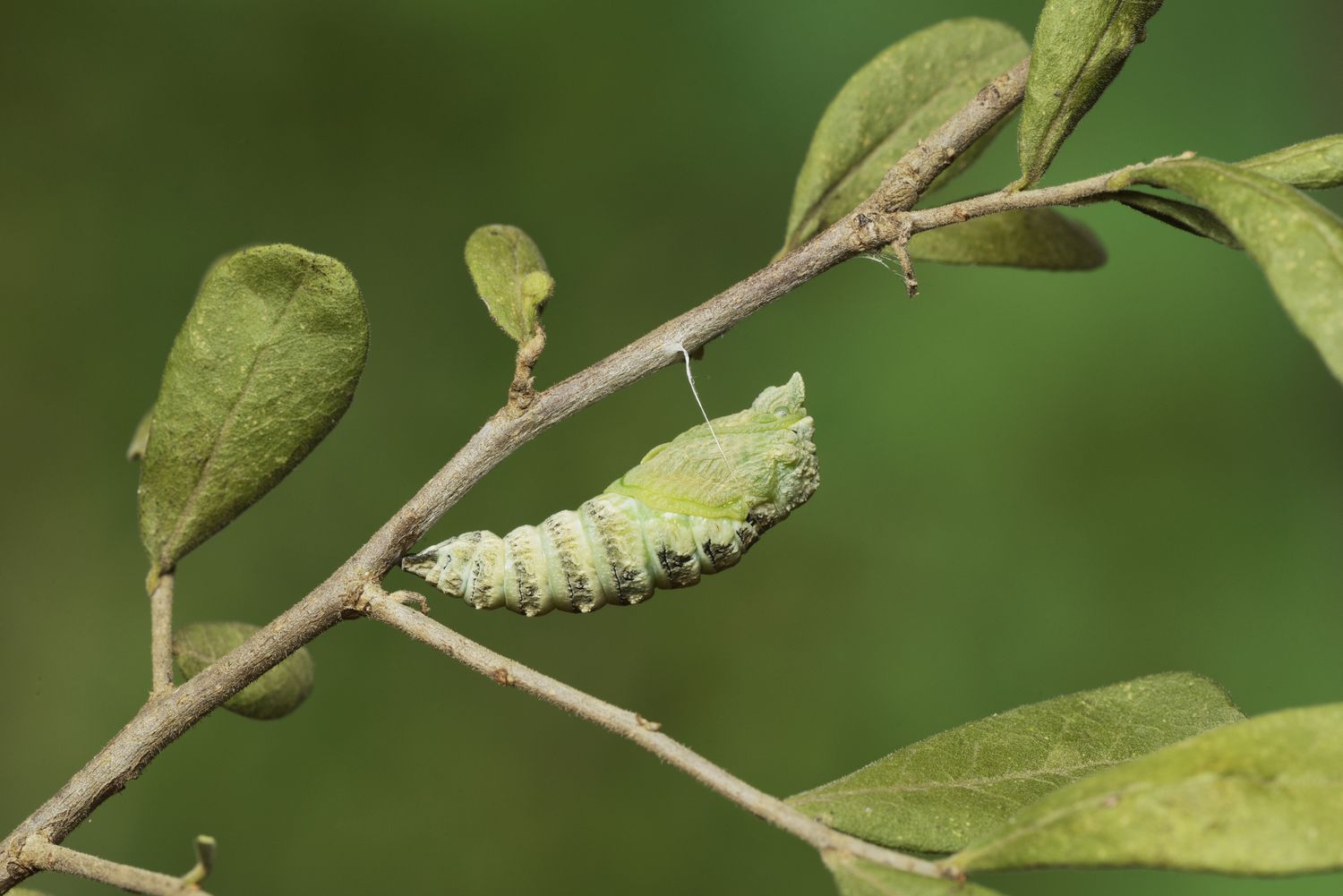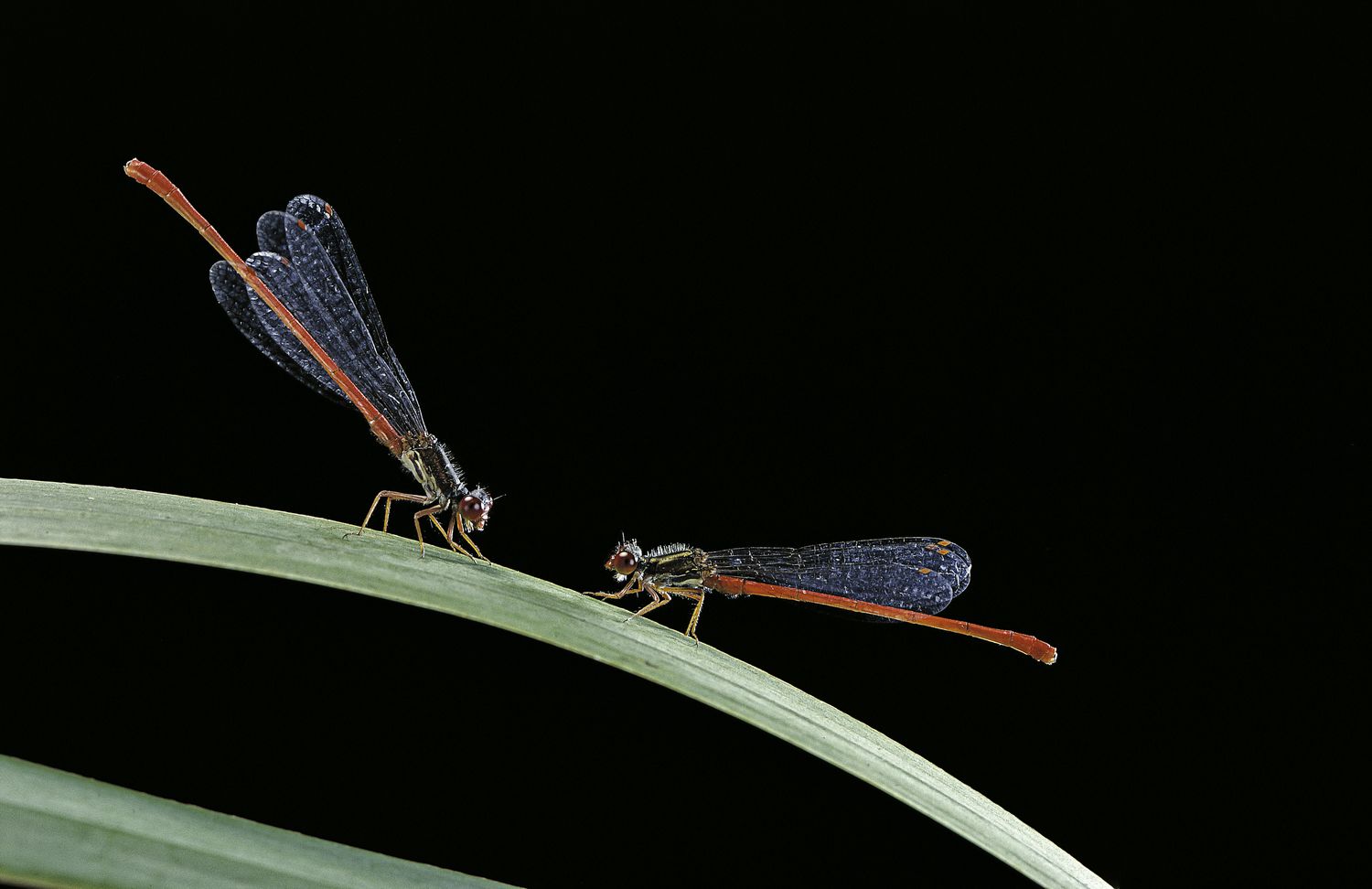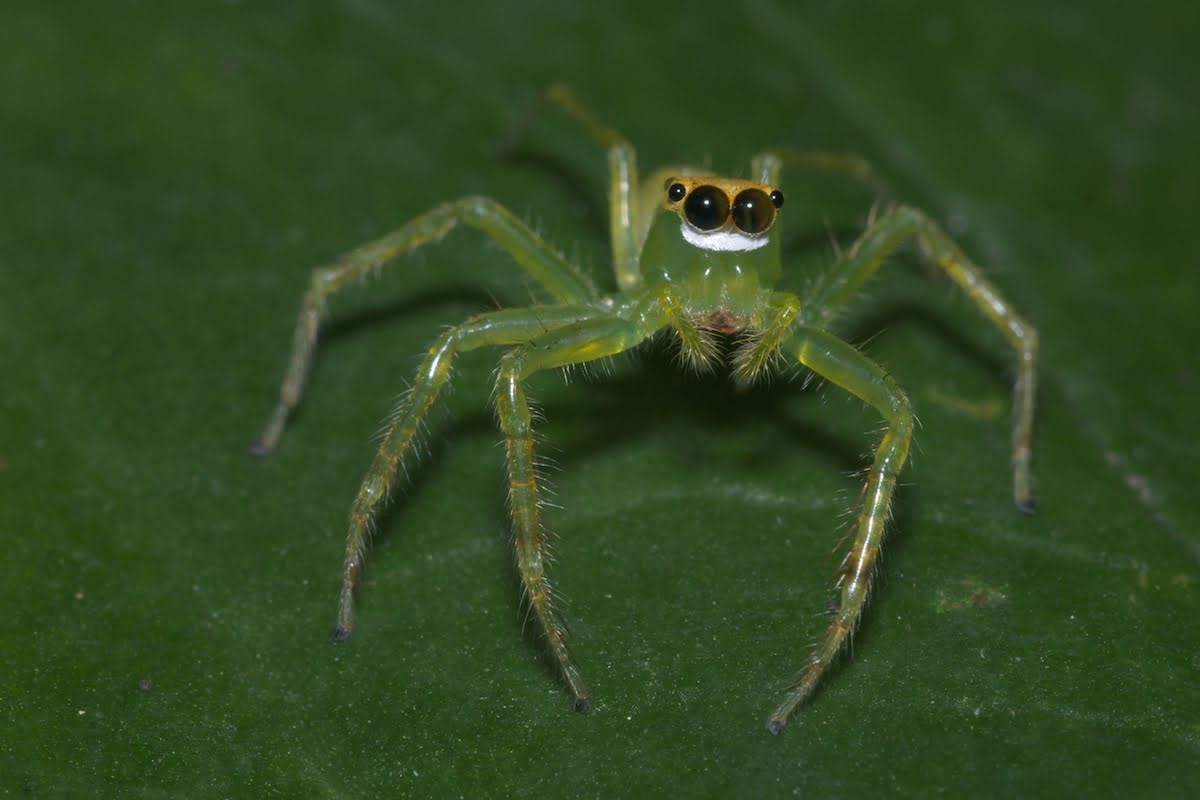Home>Gardening News and Trends>Latest News>Which Of These Organs Are Present In Insects But Are Not Present In Terrestrial Isopods?


Latest News
Which Of These Organs Are Present In Insects But Are Not Present In Terrestrial Isopods?
Published: December 3, 2023
Discover the latest news on the distinguishing organs found in insects but absent in terrestrial isopods. Stay updated and expand your knowledge in the world of entomology.
(Many of the links in this article redirect to a specific reviewed product. Your purchase of these products through affiliate links helps to generate commission for Chicagolandgardening.com, at no extra cost. Learn more)
Table of Contents
Introduction
Welcome to the fascinating world of insects and terrestrial isopods! These small creatures play a crucial role in our ecosystems and have evolved unique anatomical structures to thrive in their respective environments. While both insects and terrestrial isopods share similarities in their external appearance, they also exhibit distinct differences in their internal anatomy.
Insects, with their six legs, three body segments, and diverse range of species, have captivated human interest for centuries. From bees and butterflies to ants and beetles, insects display a remarkable array of adaptations that enable them to survive and thrive in various habitats. On the other hand, terrestrial isopods, commonly known as woodlice or pill bugs, belong to the crustacean group and are distinct from insects in many ways. They possess a segmented body, numerous pairs of legs, and a protective exoskeleton.
This article aims to explore the differences in organ anatomy between insects and terrestrial isopods, specifically focusing on organs that are present in insects but not in terrestrial isopods. By examining these differences, we can gain a deeper understanding of the unique evolutionary paths these creatures have taken.
So, let’s embark on this educational journey and delve deeper into the fascinating world of insect and terrestrial isopod anatomy!
Anatomy of Insects
Insects are remarkable creatures that boast a complex and specialized anatomy. Their body structure is divided into three distinct segments: the head, thorax, and abdomen.
The head is home to various crucial sensory organs, including compound eyes that provide insects with an exceptional ability to detect movement, colors, and shapes. In addition to their compound eyes, insects also possess a pair of simple eyes called ocelli, which help them detect changes in light intensity.
Attached to the head are the antennae, which serve as highly sensitive organs for touch, taste, and smell. Insects use their antennae to navigate their environment, communicate with each other through pheromones, and locate food sources.
The thorax, located in the middle segment of an insect’s body, is where their six legs and wings are attached. Insects have evolved a wide array of leg adaptations, such as grasping, digging, jumping, or swimming, to suit their specific lifestyles. Some insects, like beetles and grasshoppers, also have wings that allow them to fly and explore their surroundings.
Finally, the abdomen serves multiple functions in insects. It houses vital organs such as the digestive system, reproductive organs, and the circulatory system. The circulatory system in insects is an open system, with a long, tubular heart called the dorsal vessel pumping hemolymph, which serves a similar function to blood, throughout the body.
Furthermore, insects have a highly specialized respiratory system that allows them to breathe. Instead of lungs, they have a network of tiny tubes called tracheae that deliver oxygen directly to their tissues.
Overall, the anatomy of insects is a testament to their remarkable adaptability and success in various environments. Their intricate sensory organs, specialized legs, and efficient respiratory and circulatory systems are essential for their survival and enable them to thrive in the natural world.
Anatomy of Terrestrial Isopods
Terrestrial isopods, commonly known as woodlice or pill bugs, are fascinating creatures that belong to the crustacean group. While they may resemble insects in their external appearance, their internal anatomy is quite distinct.
Terrestrial isopods have a segmented body, consisting of a head, thorax, and abdomen, similar to insects. However, their exoskeleton is made up of calcified plates, providing them with protection and allowing them to curl up into a defensive ball when threatened.
Unlike insects, terrestrial isopods lack specialized sensory organs like compound eyes. Instead, they have simple eyes that are only capable of detecting changes in light intensity rather than forming detailed images of their surroundings.
Another notable difference between insects and terrestrial isopods is the absence of wings in the latter. Terrestrial isopods are ground-dwelling creatures and do not possess wings for flight.
One distinctive feature of terrestrial isopods is their numerous pairs of legs, typically around 14, which they use for locomotion. These legs allow them to move across various surfaces, including soil and vegetation, as they scavenge for food and seek shelter.
Regarding respiration, terrestrial isopods have adapted to living in land environments and have evolved specialized structures called pleopods, which function as respiratory organs. These pleopods allow the isopods to extract oxygen from the air, absorbing it through thin, moisture-rich membranes in their abdominal region.
In terms of reproduction, terrestrial isopods have separate sexes, with males and females mating to produce offspring. The reproductive organs of terrestrial isopods are located in the abdomen.
Overall, the anatomy of terrestrial isopods illustrates their unique adaptations for life on land. Their calcified exoskeleton, simple eyes, absence of wings, multiple pairs of legs, and specialized pleopods for respiration are all distinctive features that differentiate them from insects and contribute to their successful survival in terrestrial habitats.
Organs Present in Insects but Not in Terrestrial Isopods
While both insects and terrestrial isopods share similarities in their anatomical structures, there are certain organs that are present in insects but not in terrestrial isopods. These differences highlight the diverse evolutionary paths that these organisms have taken.
One significant organ that insects possess, but terrestrial isopods lack, is the ability to fly. Insects have evolved specialized wings that allow them to explore vast distances, find mates, and access new food sources. The ability to fly has been a key factor in the success of insects, enabling them to colonize various habitats and adapt to changing environments. Flying insects have intricate structures such as the forewings and hindwings, which have evolved to facilitate flight through different mechanisms such as flapping, gliding, or hovering. This aerial mobility is a distinguishing feature of insects.
Additionally, insects have a distinct digestive system compared to terrestrial isopods. Insects possess a long and coiled tube called the alimentary canal, which starts at the mouth and ends at the rectum. Along this canal, various organs such as the salivary glands, crop, gizzard, and Malpighian tubules are present, all serving specific functions in the digestion and absorption of nutrients. This specialized digestive system allows insects to extract maximum nutrition from their food sources and efficiently process a wide range of diets.
Another significant organ exclusive to insects is the spiracles. Spiracles are tiny openings located along the body segments of insects, allowing for the exchange of gases with the environment. Through these spiracles, insects can regulate the flow of oxygen and release carbon dioxide. In contrast, terrestrial isopods rely on their pleopods and the moisture in their environment to absorb oxygen, as they lack the specialized spiracles found in insects.
Insects also possess specialized structures for the production and amplification of sound. Certain insects, such as crickets and grasshoppers, have developed organs called stridulators that produce sounds by rubbing specialized body parts together. These sounds are essential for communication, attracting mates, and establishing territory. In contrast, terrestrial isopods do not possess such specialized sound-producing organs.
Furthermore, insects exhibit a wide range of sensory adaptations that provide them with extraordinary capabilities. For example, some insects have evolved specialized antennae that are highly sensitive to pheromones, enabling them to communicate and locate potential mates. Insects also possess specialized organs for detecting vibrations, temperature, humidity, and even ultraviolet light. Terrestrial isopods, in comparison, have simpler sensory structures and lack these specialized adaptations.
These examples highlight just a few of the many differences in organs between insects and terrestrial isopods. The diverse range of organs in insects contributes to their exceptional adaptability and evolutionary success, enabling them to occupy various niches in terrestrial and aquatic habitats.
Conclusion
In conclusion, the comparison of the anatomy of insects and terrestrial isopods reveals distinct differences in their organ structures. While both organisms share some common features, such as segmented body structures and multiple pairs of legs, there are several organs that are present in insects but not in terrestrial isopods.
Insects exhibit a wide array of specialized organs that contribute to their remarkable adaptability and evolutionary success. These organs include wings for flight, specialized sensory structures such as compound eyes and antennae, a complex digestive system, spiracles for respiration, and organs for sound production and amplification. These adaptations have allowed insects to occupy diverse habitats, exploit various food sources, and communicate effectively with mates and other members of their species.
On the other hand, terrestrial isopods have evolved unique adaptations for life on land. Their calcified exoskeleton, simple eyes, absence of wings, and specialized pleopods for respiration are notable features that differentiate them from insects. Terrestrial isopods have successfully adapted to terrestrial habitats, using their multiple pairs of legs to navigate and scavenge for food.
By understanding the anatomical differences between insects and terrestrial isopods, we gain insights into the incredible diversity and adaptability of these small but essential creatures in our natural world. Each organism has evolved specific organs and structures that are suited to their respective lifestyles and habitats.
As we continue to explore and study the intricacies of insect and terrestrial isopod anatomy, we deepen our appreciation for the remarkable complexity of nature’s design. These tiny creatures, though often overlooked, play vital roles in ecosystems as pollinators, decomposers, and contributors to nutrient cycles. Their unique organs and adaptations are a testament to the extraordinary diversity and beauty of life on Earth.




